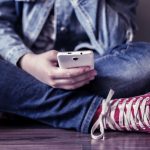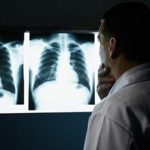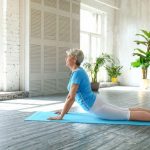
Steering clear of red meat, dairy and processed foods in favor of vegetables, fruits, nuts, extra virgin olive oil and whole grains will do a woman’s heart good, a new review shows. How much good? Australian investigators concluded that women who most closely followed the Mediterranean diet — which also features legumes, fish and shellfish, and moderate amounts of wine — appeared to lower their long-term risk for heart disease and premature death by nearly 25%, compared with women who didn’t. Though not involved in the analysis, Connie Diekman, a food and nutrition consultant and former president of the Academy of Nutrition & Dietetics, said the finding “is not surprising.” For one, Diekman noted that “studies continue to demonstrate the benefit of a plant-based eating plan to reduce inflammation, a likely contributor to disease development. In addition, the limited intake of saturated fats (found predominantly in animal foods) and consumption of unsaturated fats (found in higher amounts in plants) seems to be connected to blood levels of LDL cholesterol (the ‘bad’ cholesterol) and HDL cholesterol (the ‘good’ cholesterol).” Diekman added that past research has also shown that using olive oil and nuts that are high in unsaturated fats — both key foods in the Mediterranean diet — can help lower heart disease risk. Dr. Gregg Fonarow is director of the Ahmanson-UCLA Cardiomyopathy Center, co-director of… read on > read on >


















